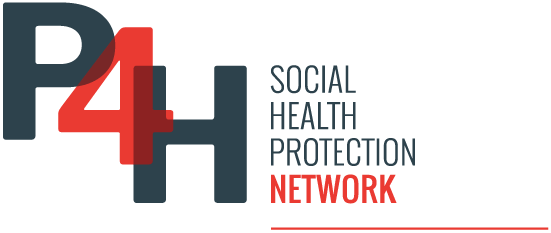Grenada consists of three islands: Grenada, Carriacou and Petite Martinique. The World Bank Group classifies the country as upper-middle income, and its population in 2021 was 124,000 people. The government of Grenada is the primary provider of health care and manages all the public sector health care facilities.
Increasing reliance on out-of-pocket spending for health
Current health expenditure (CHE) was 5.7% of gross domestic product (GDP) in Grenada in 2021, while out-of-pocket (OOP) spending was 53.7% of CHE 53.7% of CHE at that time. Also in 2021, public expenditure on health accounted for 2.22% of GDP, well below the 6% recommended by the Pan American Health Organization. On the whole, health financing sources consist mainly of OOP and government spending.
Challenges and proposed solutions for health financing
The current national health strategy recognizes that OOP spending is very high, impacting access and equity, and, therefore, progress towards universal health coverage. It further states that this challenge is aggravated by the country’s epidemiological and demographic transition, and the health system’s challenges were exacerbated by the COVID-19 pandemic. One author has proposed a three-pronged approach to address the OOP spending issue: increasing the value added tax, promoting a farmers’ health insurance scheme with a cooperative approach (nutmeg and cocoa industries), and the government’s continuing its effort to establish a national health insurance scheme, starting with coverage for a set of basic health care services.

